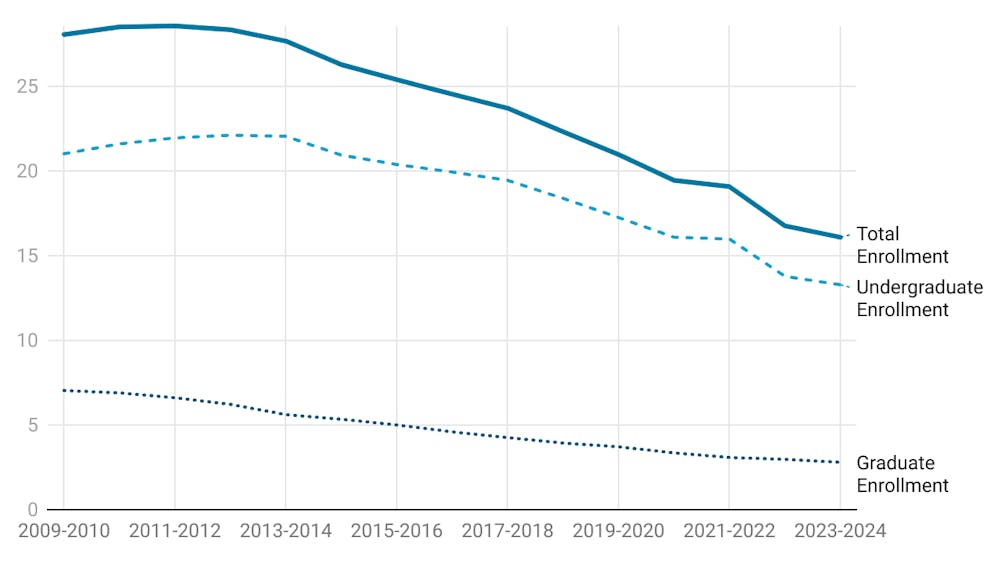Fifty-five years ago this Wednesday, President Dwight D. Eisenhower signed the Federal-Aid Highway Act of 1956, clearing the way for the “greatest public works project in history” — the U.S. interstate system.
Bound up with the expansion of American capitalism in the post-war period, the interstate system had a profound effect on the living standards of millions of Americans, improving communication, drastically lowering the cost of domestic commerce, increasing mobility and giving greater access to services such as medical care and education.
When formal construction of the interstate system ended in 1991 after 35 years, more than 45,000 miles of highway had been constructed. It remains an engineering marvel of the world.
The 1956 legislation was the culmination of decades of work by engineers and progressives. More than a decade prior, Congress had authorized a 40,000-mile highway system through the monumental Federal-Aid Highway Act of 1944. In 1956, Eisenhower declared it a national interest in section 108 of the bill.
The provision’s simplicity provides an insight not only into the character of American capitalism at the time, but also the physiognomy of the American ruling class. As one author put it, “That simple phrase — ‘the national interest’ — is all the justification the legislators who created the bill thought was needed, perhaps because they believed the interest was obvious, widely understood, and shared.”
The establishment of the interstate was a progressive act, but its progressiveness was relative. The highway system was progressive to the extent that it elevated the productive forces and with it the living standards of millions of Americans. But the American ruling class was willing and able to carry out such a project under very definite conditions.
A project of this scope is inconceivable today. On the contrary, the American ruling class is actively engaged in the destruction of the productive forces and supporting infrastructure. This process finds its starkest expression in Detroit where factories, which once played world-historic roles in the development of industry, now lay in rusted ruins and where the principle occupation of the city government is the closing of public schools and the dismantling of entire sections of the city.
This cannot be explained simply by the personality of this individual politician or the ideology of that political party. After all, the 1950s were among the most reactionary decades of American history. It can only be understood by viewing politics from an historical perspective and within the objective context within which they unfold.
Just as the hegemonic position of American capitalism in the post-war period provided the objective conditions within which such a massive project could be constructed, its long-term decline over the past four decades prohibits it today.
In the final analysis, it is the crisis of American capitalism that is the driving force behind the social decay of America both culturally and materially. Its logic leads to the unprecedented assault on the living standards of the American working class currently being prepared by both political parties. Furthermore, it precludes any return to capitalist “prosperity.”







